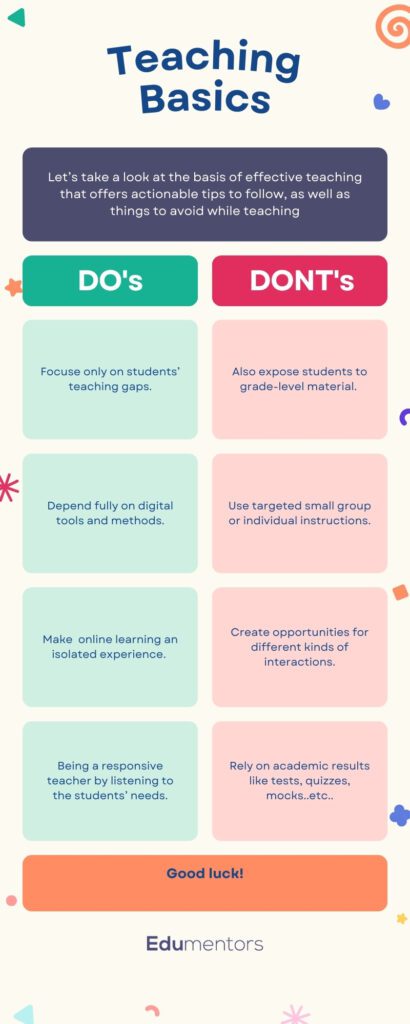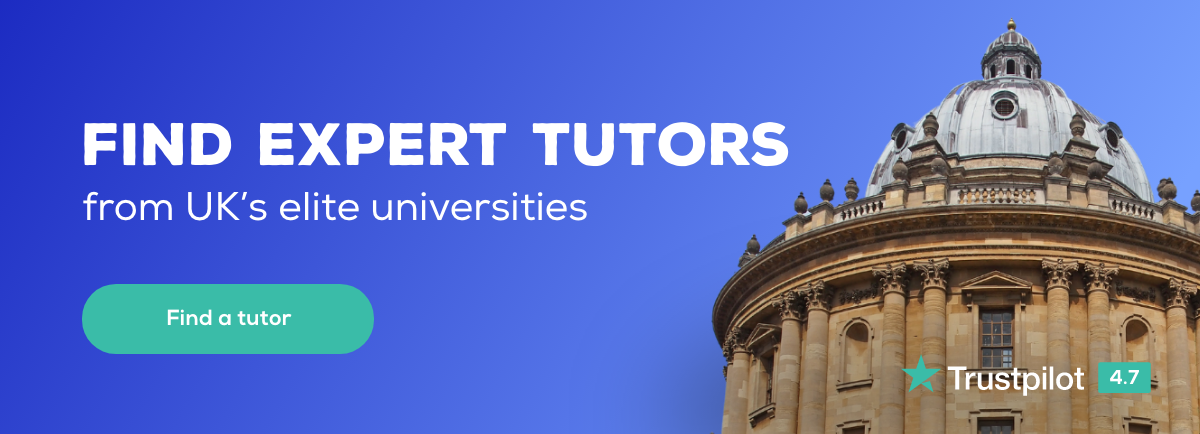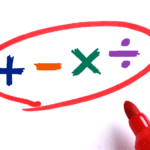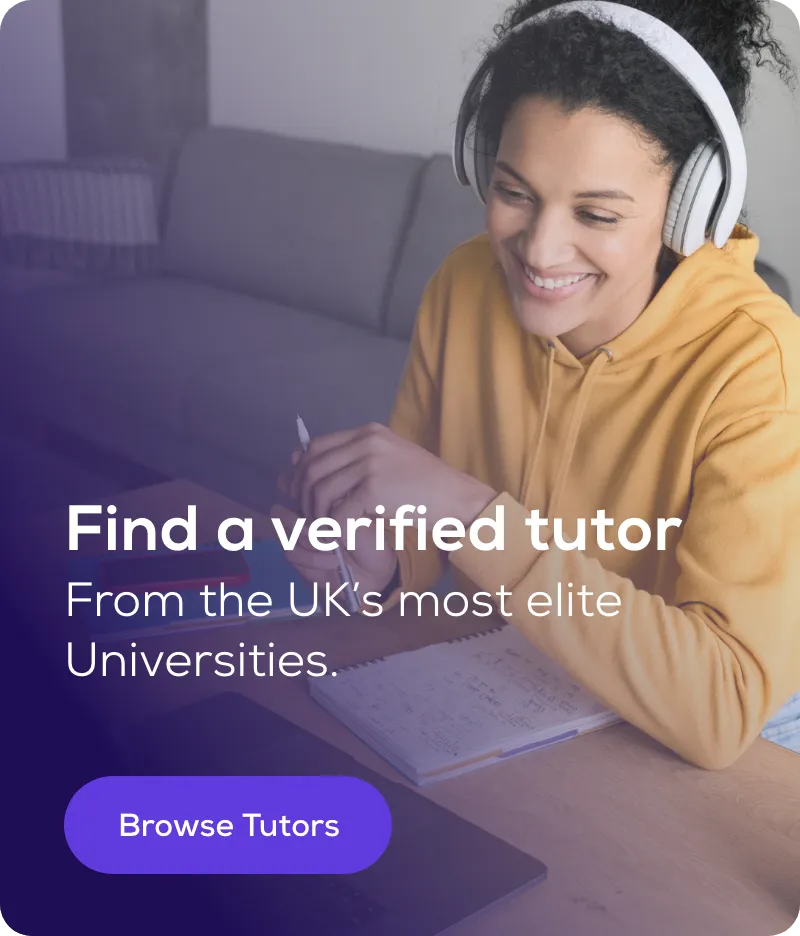In the rapidly growing world of education, personalisation and effectiveness take center stage. Different teaching methods, from the Montessori approach to adaptive and innovative strategies, are reshaping learning experiences, making it crucial to understand what teaching methods are most effective. This exploration dives into modern teaching methods, highlighting the importance of teaching methods in enhancing student performance and engagement in one-to-one settings. Join us as we uncover the top teaching methods that are setting the benchmark for educational excellence in 2024.
Before we dive into examples of great teaching methods, here is a visual of basics of teaching, which sets the foundation for the right teaching strategy:

1. Adaptive Teaching Strategy
What is it and How to Use it?
- – Adaptive teaching methods are at the forefront of modern educational strategies.
- – These methods address diverse learning styles and needs, making education more personalised.
- – Focus on tailoring lesson content to suit individual learner profiles.
- – Dynamic adjustment of teaching pace, level, and style based on each student’s progress.
Why is it an effective teaching method?
- – Incorporates elements from different methods of teaching, including Montessori and technology-based approaches.
- – Demonstrates how adaptive methods can significantly enhance student engagement and performance.
- – Adaptive teaching methods are key to modern, effective education. They represent a shift towards more personalised, student-centric learning, ensuring that every learner’s potential is fully realised.
2. Integrative Montessori Techniques
What is it and How to Use it?
- – Integrative Montessori techniques involve creating a student-centered learning environment where children guide their own learning, making choices about what to study within a set framework of activities.
- – To implement, educators should prepare a diverse array of learning materials and activities that cover different subject areas. Children are then free to choose their activities, working individually or in small groups.
- – For example, in a reading lesson, instead of a standard lecture, provide various books and reading materials at different levels and encourage students to select what interests them.
Why is it an effective teaching method?
- – It promotes independence and self-motivation, as students feel more in control of their learning.
- – Adapting Montessori principles helps cater to different learning styles, making learning more inclusive and effective.
3. The Role of Experiential Learning
What is it and How to Use it?
- – Experiential learning, or ‘Learning by Doing’, is a hands-on approach where students engage in activities that provide real-world experiences.
- – Implement this method by organising activities like science labs, field trips, or real-life problem-solving scenarios relevant to the lesson topic. For instance, in a science class, students could conduct an experiment to learn about chemical reactions.
- – Allow students to reflect on their experiences and discuss what they learned, which helps solidify their understanding.
Why is it an effective teaching method?
- – It connects classroom theories with real-world experiences, making learning more meaningful and memorable.
- – Helps develop critical thinking and problem-solving skills as students learn to apply concepts in practical settings.
4. Technology-Enhanced Learning
What is it and How to Use it?
- – Technology-enhanced learning integrates digital tools, such as tablets, interactive software, or online resources, into the learning process.
- – For practical implementation, introduce educational apps or online platforms that complement your lesson plans. For instance, use a language learning app to supplement traditional language lessons.
- – Encourage students to use these tools both in the classroom and as part of their homework assignments to reinforce learning.
Why is it an effective teaching method?
- – It engages digital-native learners with tools they find relatable and exciting.
- – Enables personalised learning experiences and provides instant feedback, which can accelerate learning progress.
5. Incorporating Gamification for Engagement
What is it and How to Use it?
- – Gamification of learning involves applying game-design elements in educational settings to make learning more engaging.
- – Implement this by incorporating elements like point scoring, competition, and rewards into your lesson plans. For example, create a language learning game where students earn points for correctly constructing sentences.
- – Use digital platforms that offer gamified learning experiences or create simple classroom games that align with your learning objectives.
Why is it an effective teaching method?
- – Increases student motivation and engagement through the rewarding nature of game-like elements.
- – Encourages a deeper involvement with the learning material, as students are more likely to engage with content in a game format.
6. Differentiated Instruction for Personalised Learning
What is it and How to Use it?
- – Differentiated instruction tailors teaching methods and learning activities to meet the diverse needs of individual students.
- – This can be implemented by offering different types of resources and activities within the same lesson plan. For instance, provide a mix of reading materials, interactive exercises, and group discussions in a single lesson.
- – Regularly assess students’ understanding and preferences to fine-tune the learning activities accordingly.
Why is it an effective teaching method?
- – Addresses the unique learning styles and abilities of each student, ensuring no one is left behind.
- – Fosters a more inclusive learning environment where all students can thrive.
7. The Flipped Classroom Approach
What is it and How to Use it?
- – The flipped classroom inverts traditional teaching methods by delivering instructional content outside of the classroom, often through video lectures, and moving ‘homework’ into the classroom.
- – Implement this by creating or curating video content for students to watch at home, followed by in-class activities that deepen their understanding of the topic.
- – Use classroom time for interactive discussions, group work, or hands-on activities that build on the video content.
Why is it an effective teaching method?
- – Maximises classroom time for active learning and personal interaction with students.
- – Allows students to learn at their own pace outside the classroom, leading to more productive and tailored in-class activities.
8. Inquiry-Based Learning
What is it and How to Use it?
- – Inquiry-based learning encourages students to explore questions and subjects that pique their interest, promoting active engagement in the learning process.
- – Implement this by posing open-ended questions and facilitating research projects. For example, in history class, students could investigate different factors that led to a historical event.
Why is it an effective teaching method?
- – Fosters critical thinking and research skills, as students learn to seek information, analyse sources, and synthesise findings.
- – Encourages independent learning and intellectual curiosity, which are key components of lifelong learning.
9. Collaborative Learning Techniques
What is it and How to Use it?
- – Collaborative learning involves students working together to solve problems, complete tasks, or understand new concepts.
- – Use techniques like group projects, peer-to-peer teaching, or cooperative problem-solving activities to encourage collaboration. For instance, students could work in groups to conduct a scientific experiment or solve complex mathematical problems.
Why is it an effective teaching method?
- – Promotes the development of social skills, communication, and teamwork.
- – Allows students to learn from each other, benefiting from diverse perspectives and skill sets.
10. Continuous Adaptation and Learning in Teaching
What is it and How to Use it?
- – This method involves educators continually adapting and updating their teaching strategies to meet the evolving needs of their students and the changing educational landscape.
- – Stay informed about the latest educational trends, technologies, and methodologies through professional development courses, workshops, or online resources.
Why is it an effective teaching method?
- – Ensures that teaching practices remain relevant, effective, and in line with current educational standards and student needs.
- – Encourages a culture of lifelong learning and professional growth among educators, which in turn benefits student learning.
Conclusion
As we reflect on the diverse range of dynamic and adaptable teaching methods discussed, it becomes clear that education is continually evolving. These methods, from the student-driven Montessori approach to the collaborative nuances of group learning, all share a common goal: to enhance the educational journey of each student.
If a student feels like they might be in a need for help, it’s always okay to seek assistance – private tutoring is one of the most effective ways of getting that extra push all of us need at some point – edumentors offers the best student-teachers from UK’s top universities – be it a Maths tutor or an English language tutor.
In closing, let us remember that the effectiveness of teaching is measured not just by the knowledge imparted, but by the lifelong impact on students’ lives. As educators, the commitment to embracing diverse, innovative teaching methods is a commitment to shaping a brighter, more informed future.








